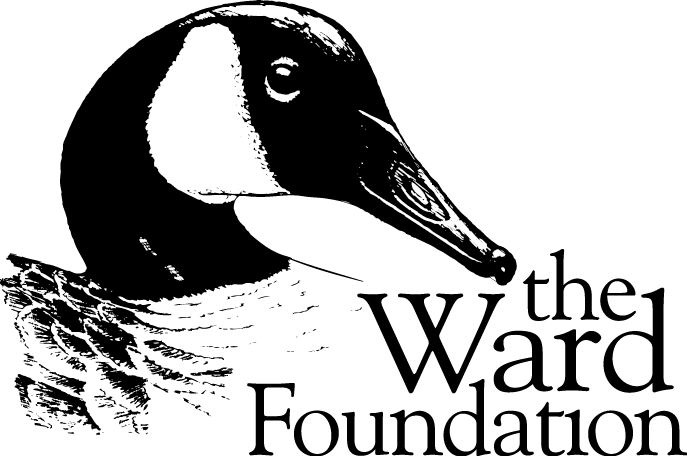John Tax produced several different kinds of decoys that were distributed among local residents and area shooting clubs. His earliest decoys are most likely those of canvas stretched over a wooden frame and stuffed with cedar shavings or dried grass. He weighted these decoys with pieces of lead sewn into the bottoms. Cork decoys with wooden heads and bottom boards represent a good part of Tax’s output. Field stickups constitute much of Tax’s production as well. Tax hollowed pine planks and laminated them together to create the decoy’s body, neck and head. Leather carrying straps were attached, and iron receptacles inlaid in the bottom of each bird accepted the iron stake rammed into the hard Minnesota ground. Utilizing this style, Tax carved Canada and snow geese, mallards and at least one speckled-belly. Basic wooden decoys were carved of cedar using the same lamination techniques evident in the stickups.
Tax produced about one hundred decoys replicating bluebills and teal and coots, canvasbacks, goldeneyes and wood ducks to a lesser degree. Each decoy, whether alert, feeding or preening, is a unique piece of work exuding life-like qualities. After Tax’s death, a set of original lithograph Audobon prints were discovered among Tax’s possessions. It is believed that Tax referred to these prints for both carving and painting guidance. In addition to wildfowl decoys, John Tax carved spear-fishing decoys, birdhouses shaped like fish, furniture depicting nature scenes, plaques and weathervanes.
